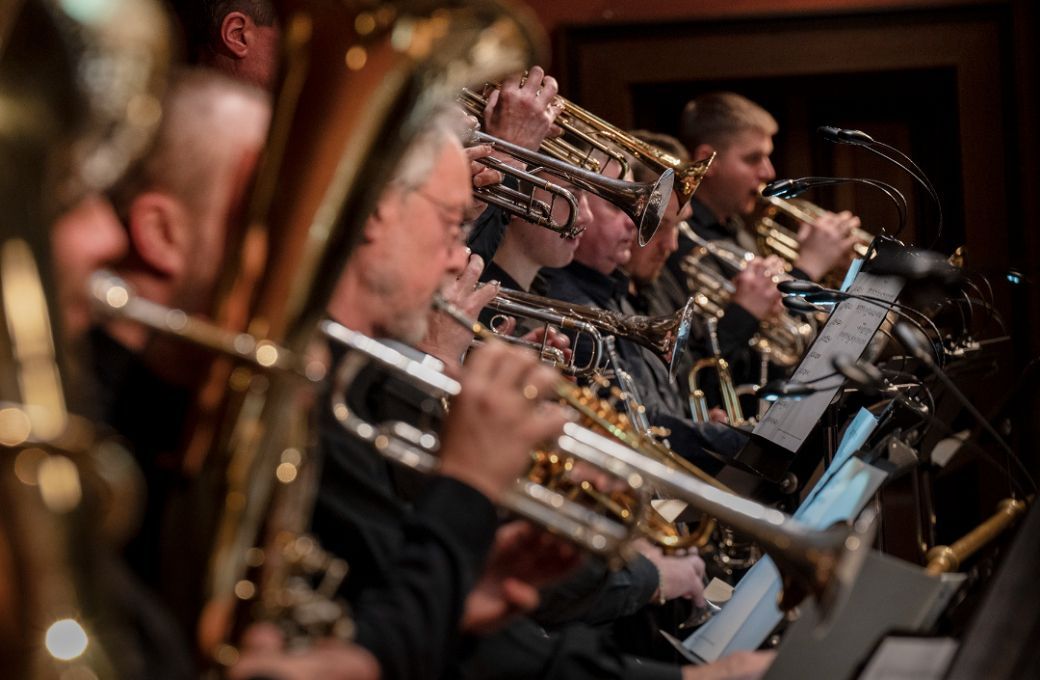December is Martinů month in Prague, with the annual Martinů Days festival offering a smart overview of the composer’s work that always includes an orchestral contribution by the Czech Philharmonic. This year a Martinů devotee, Principal Guest Conductor Jakub Hrůša, teamed up with fiery soloist Leonidas Kavakos to offer a volcanic version of Martinů’s Violin Concerto no. 2. This powerful piece anchored an evening that took listeners on a deep and satisfying dive into the Czech repertoire.
As a homegrown Moravian, Hrůša brings a native feel for Martinů’s music, which he renders with authority and flair. He created a large canvas for the concerto, opening with broad dramatic strokes and building the dynamics to epic proportions. Great forces arose and clashed in the first movement, melodies floated in the luxurious sound of the second, and the finale raged like a thunderstorm. Through it all the sound was clear, balanced and tightly controlled, with close attention to details like the colorful woodwinds that close the second movement in a delicate interplay with the soloist.
Kavakos matched the orchestra’s intensity and took it up a notch with his razor-sharp, slashing style. He doesn’t so much play a piece as attack it, which was perfect in this case, a fitting response to an assertive, deliberately challenging solo part. His flashy expertise in the cadenzas was like watching someone juggle knives. But Kavakos can also be tender, as he showed in a soulful treatment of the lyrical second movement. Overall it was a riveting performance, articulate, focused and emotionally expansive, ranging from ultra-cool to flaming hot.
Kavakos switched gears for an engaging encore, inviting concertmaster Jan Fišer to join him for a pair of Martinů’s Études faciles for two violins. Exacting and playful, they made for a fine technical showcase and a heartfelt homage. It was also a generous gesture on the part of Kavakos, a world-class soloist, who seemed eager to share the spotlight.
Hrůša’s intuitive touch with Moravian music also came to the fore in the closing piece, Janáček’s Sinfonietta. It’s played often in Prague, though rarely with the bright colors and high energy that Hrůša gave it, particularly in the opening and closing fanfares. The orchestral passages in between were expertly crafted, the quick turns in the first movement giving way to lush strings in the second and a quickening pulse in the third that set up the return of the brass in the fourth. And the finale soared, taking listeners to triumphant heights. In all, it was a ringing account of a familiar work that in Hrůša’s hands sounded thoroughly fresh and spontaneous.

The concert opened with a new work by Jaroslav Krček, a musical polymath and well-loved personality in the Czech Republic. His talents across a wide range of genres and endeavors were not much in evidence with his Symphony no. 7, a standard bit of neoclassicism notable mostly its inventive use of the marimba, which emerges in the third movement and virtually takes over the fourth. Written to sound like electronics, it creates an unusual fusion of sounds and gives the music a pulse with an edge. Marimba player Daniel Mikolášek showed a virtuoso touch with the mallets.
And what better setting for all this than the Rudolfinum, where the Sinfonietta had its world premiere 96 years ago, with Václav Talich leading the Czech Philharmonic and a military band. Like Martinů, who was kicked out of Prague Conservatory several years earlier for “incorrigible negligence,” Janáček was never fully embraced by the Prague music establishment. Fortunately, sometimes the bad boys make good.


